Why is ATC so Important?
Why is ATC so Important?
An Air Traffic Controller is a hugely responsible job in which the primary aim is to prevent collisions between aircraft, expedite the flow of air traffic, and provide information/support for pilots. The main goal of an Air Traffic Controller is to ensure the safety of the aircraft, pilots, cabin crew, and of course the passengers. Controllers are trained to keep the aircraft they handle separate using internationally agreed standards. They achieve this by allocating different heights to aircraft, or by arranging minimum horizontal distances between them.
UK airspace contains a network of corridors, or airways. These are usually ten miles wide and reach up to a height of 24,000 feet from a base of between 5,000 and 7,000 feet. They mainly link busy areas of airspace known as terminal control areas, which are normally above major airports. At a lower level, control zones are established around each airport. The area above 24,500 feet is known as upper airspace.
All of these airways are designated ‘controlled airspace’. Aircraft fly in them under the supervision of air traffic controllers and pilots are required to file a flight plan for each journey, containing details such as destination, route, timing and height. Within controlled airspace, pilots must follow controllers’ instructions. Outside controlled airspace they take full responsibility for their own safety, although they can ask for help.
Military controllers work closely with their civilian colleagues to provide a fully integrated service to all users. They offer an air traffic service to aircraft in uncontrolled airspace. Military personnel also provide services to aircraft crossing airways and for those flying above 24,500 feet. A priority task for them is helping aircraft in distress.
Why are these strict procedures so vital?
Naturally, human error does happen, but the strict rules and regulations in place with regards to Air Traffic Control are in place to try and reduce error from occurring.
Unfortunately in the past there have been air crash disasters, so due to the rules not being followed, but also some due to the rules in place not being adequate. It is from these mistakes that procedures may be improved or created to eliminate as much risk as possible.
Tenerife – March 1977
The Tenerife Airport disaster is known as the world’s worst airline disaster. It took place in the Canary Islands, off northwest Africa. The Boeing 747 was only in its eighth year of service with the world’s airlines, yet it was already the most glamorous commercial airliner ever built.
When we mention a string of events and errors leading up to a plane crash, none can be as bizarre or frightening as what happened to Pan Am flight 1736 and KLM flight 4805. For a start, neither of the jumbo jets should have ever been on Tenerife, let alone on the same runway.
Both airliners were supposed to be carrying passengers to the nearby island of Gran Canaria, on the Pan Am flight were a group of mostly Americans going to Gran Canaria to join a cruise, meanwhile, the KLM flight from Amsterdam was full of tourists planning to holiday in Gran Canaria. Shortly before both planes were scheduled to arrive at Gran Canaria Airport (LPA) in Las Palmas, a terrorist group exploded a bomb in the airport, causing injuries and panic. When the threat was called in, the group responsible mentioned numerous devices that the police started to search for. With Las Palmas now closed, several incoming flights, including the two 747s, were diverted to Tenerife until it was deemed safe to reopen Gran Canaria Airport.
The ultimately unsuccessful search for a second device took hours, and to not overwhelm the terminal, Pan American Captain Grubbs kept all 380 passengers and 13 cabin crew members onboard the aircraft. Transcripts from the cockpit voice recorders later revealed that Captain Grubbs and his crew handled the inconvenience better than the captain and crew on the KLM jumbo. Over on the KLM Boeing 747 Captain, Jacob Van Zanten had allowed all the passengers to disembark and wander around the terminal until it was time to depart. While waiting for the go-ahead, the flight deck can be heard fretting about strict government overtime rules and what it would mean if they were late arriving back in Amsterdam.
The Dutch captain then made a decision that any other time would have probably been the right thing to do, but on this occasion, it was one of the contributing factors to the disaster. Wanting not to waste time while waiting for permission to resume the trip to Gran Canaria, Van Zanten decided to refuel the plane. As the fuel was being loaded, Las Palmas Airport reopened. Despite being in a hurry to leave Tenerife and get his passengers unloaded on Gran Canaria before hightailing it back to Schiphol, he had to wait for the fuel truck to finish loading the jet fuel.
Several smaller aircraft that had diverted to Tenerife could get around the KLM jumbo and continue with their journeys. The Pan American plane, however, was parked on the apron behind the KLM plane and was too large to get past it. With the fuel’s addition, the KLM jumbo was now much heavier and would need to use more of the runway to get airborne. The significance of what that would mean was now only minutes away from happening. Had Captain Van Zanten not decided to take on fuel, both the KLM jumbo and the Pan Am jumbo would have taken off in near-perfect weather. Instead, a thick blanket of fog swooped down from the mountains and enveloped the airport during the delay.
The usual route to get to runway 30 was blocked with aircraft, which meant that planes taking off would have to first taxi down the runway and then do a 180-degree turn before taking off in the opposite direction. This is a maneuver called a ‘back-taxi’ or ‘back-tracking’ and was rarely ever done at commercial airports. With no tracking radar available and vision from the control tower blocked by fog, both Captain Van Zanten and Captain Grubbs could not see that they were both on the runway at the same time.
The towers’ instructions were for the KLM jumbo to taxi down the runway, turn around, and hold until it received permission for takeoff. Captain Grubbs was told to take his Clipper beyond the runway to a left-side taxiway and wait for KLMs departure. Afterwards, he would be instructed to move back onto the runways and perform the same task as the KLM jet. Because of the low visibility, both pilots on the Pan Am plane failed to see where they were supposed to turn off the runway. Usually, this would be no big deal as they would continue until they saw the next turnoff. However, the problem was that it put them on the runways for several seconds more than they should have been.
As the Pan Am Clipper was looking for the next turnoff, the KLM plane had completed its 180 and was waiting for permission to take off. First Officer, Klaas Meurs, received the ATC route clearance from the tower, which is not a clearance for takeoff but a procedure that outlines turns, altitudes, and radio frequencies. Because of the delay, both pilots were tired, irritable, and eager to get moving.
For an unexplained reason, the pilots mistook the route clearance as permission to take off and started hurtling the jet down the runway. Simultaneously, as the KLM plane is already picking up speed, the Pan Am First Officer radios the tower to tell them that they are still on the runway. The tower then calls the KLM plane and tells them to wait for permission to take off. Usually, that would have stopped the KLM plane from taking off, but because the tower and the aircraft were talking simultaneously, the KLM crew never heard the message.
Suddenly, the Pan American crew sees the lights of the KLM 747 emerge from the fog 2,000 feet away and closing in fast. On seeing the approaching plane, Grubbs shoves the thrust levers to full power and tries to take the plane off of the runway and onto some grass that runs alongside it.
Van Zanten sees the Pan Am 747 before him, but he can do nothing other than try and get the plane airborne by pulling back on the elevators. As the KLM 747 starts to gain height, its undercarriage slams into the Pan Am plane’s midsection setting off a series of explosions. Badly damaged, the KLM jumbo lands back on the runway and skids for a thousand feet before bursting into flames before any of the 248 passengers and crew could escape. Somewhat remarkable was that 61 passengers, including the flight deck, managed to survive from the Pan Am jumbo. Five hundred and eighty-three passengers including the crew of the KLM jumbo were not so lucky, making what happened on Tenerife, the worst airline disaster in history.
What was learnt from this?
As a consequence of the Tenerife disaster, sweeping changes were made to international airline regulations and aircraft. Aviation authorities worldwide introduced requirements for standard phrases and a greater emphasis on English as a common working language. Air traffic instruction must not be acknowledged solely with a colloquial phrase such as “OK” or even “Roger” but with a readback of the instruction’s essential parts to show mutual understanding. The word “take-off” is now spoken only when the actual take-off clearance is given. Up until that point, aircrew and controllers should use the word “departure” in its place.
Primary Source:
www.simpleflying.com























